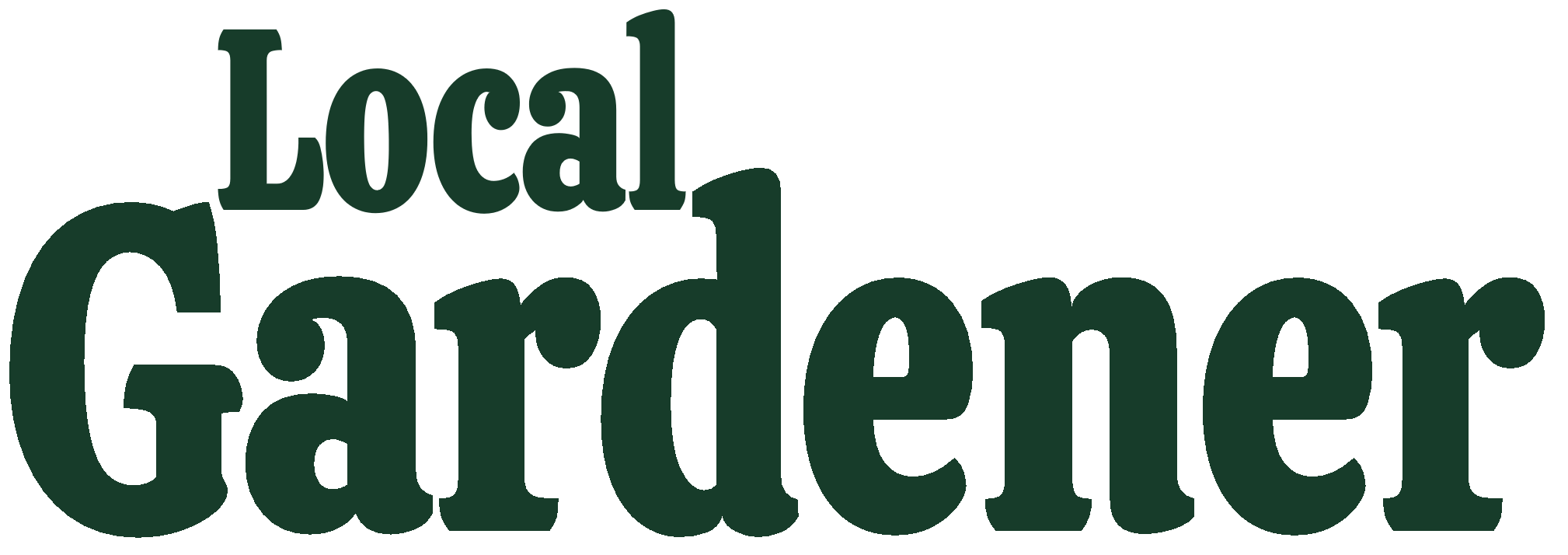Dealing with Japanese knotweed can be a daunting challenge for gardeners, given its notorious reputation for rapid growth and resilience. As the UK’s leading invasive plant specialists, Environet is committed to providing gardeners with the knowledge to identify, manage, and eradicate Japanese knotweed, safeguarding their gardens from its relentless infestation. Here is a Japanese Knotweed Guide for Gardeners
Identifying Japanese Knotweed:
Recognizing Japanese knotweed is crucial for effective control. During the colder months, the plant dies back, making it harder to spot. Look for yellow leaves turning brown and dropping off, brown and brittle canes, and distinctive crowns in the ground. With the potential to grow up to 3 meters tall in a single season, early detection is essential. Environet offers professional surveys to identify affected gardens accurately.
Suspected Presence of Knotweed:
If you suspect Japanese knotweed in your garden, early intervention is vital. Structural damage, disruption of drainage systems, and competition with native vegetation are potential consequences. Environet provides affordable bespoke surveys to identify signs of knotweed and recommends appropriate actions. Additionally, submitting a photo for identification is a free service.
Avoiding Common Mistakes:
One common mistake is attempting DIY removal without professional guidance. Disturbing the plant can lead to unintentional spread. Consulting a qualified specialist ensures a tailored approach for effective removal.
Treatment Methods:
For residential properties, a varied approach is necessary. Chemical control using herbicides like glyphosate targets roots, minimizing regrowth. Excavation is suitable for smaller infestations but requires careful removal of all rhizomes. Environet’s DART™ plan combines mechanical excavation with regular herbicide treatments for a cost-effective approach.
Preventing Regrowth:
Installing root barriers restricts growth, and regular monitoring ensures prompt action against regrowth. Environet’s professional service includes responsible disposal to prevent unintentional spreading, as defined by the Environmental Protection Act 1990.
Property Damage and Professional Help:
For larger infestations or those near buildings, professional help is recommended. Environet’s DART™ management plan efficiently removes rhizomes without causing further structural damage.
Vigilance Against Regrowth:
Japanese knotweed is resilient, requiring vigilant monitoring for signs of resurgence, especially in the initial years after control measures. Environet’s management plans include regular visits to prevent regrowth.
Japanese knotweed demands a strategic and informed approach. Early detection, professional advice, and a combination of management strategies are essential for effective control. By consulting experts like Environet, gardeners can preserve their garden’s beauty while protecting it from the invasive advance of Japanese knotweed.





